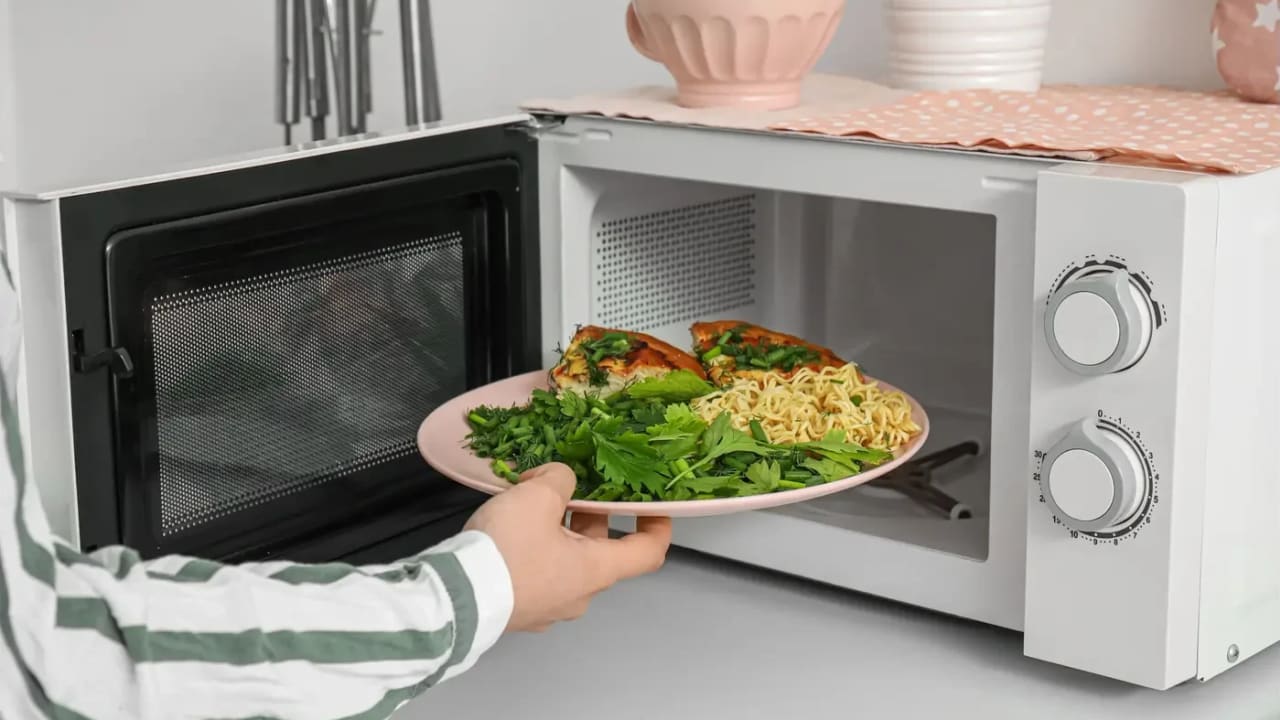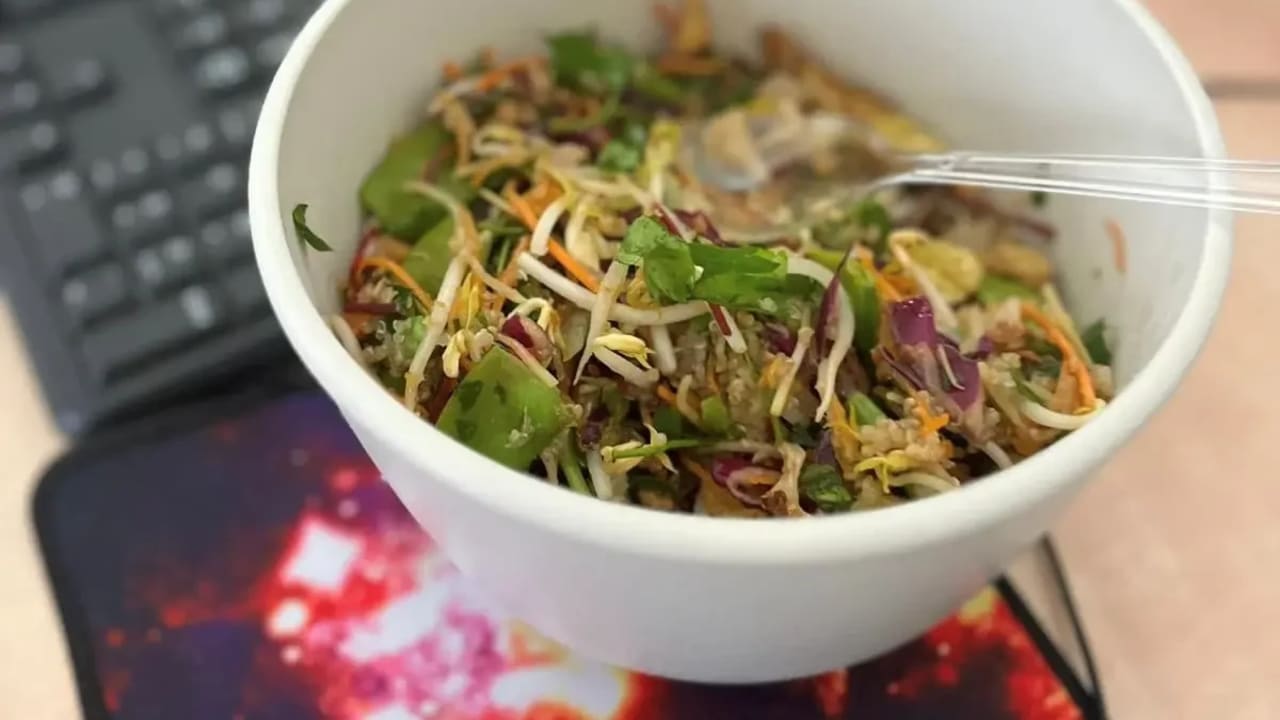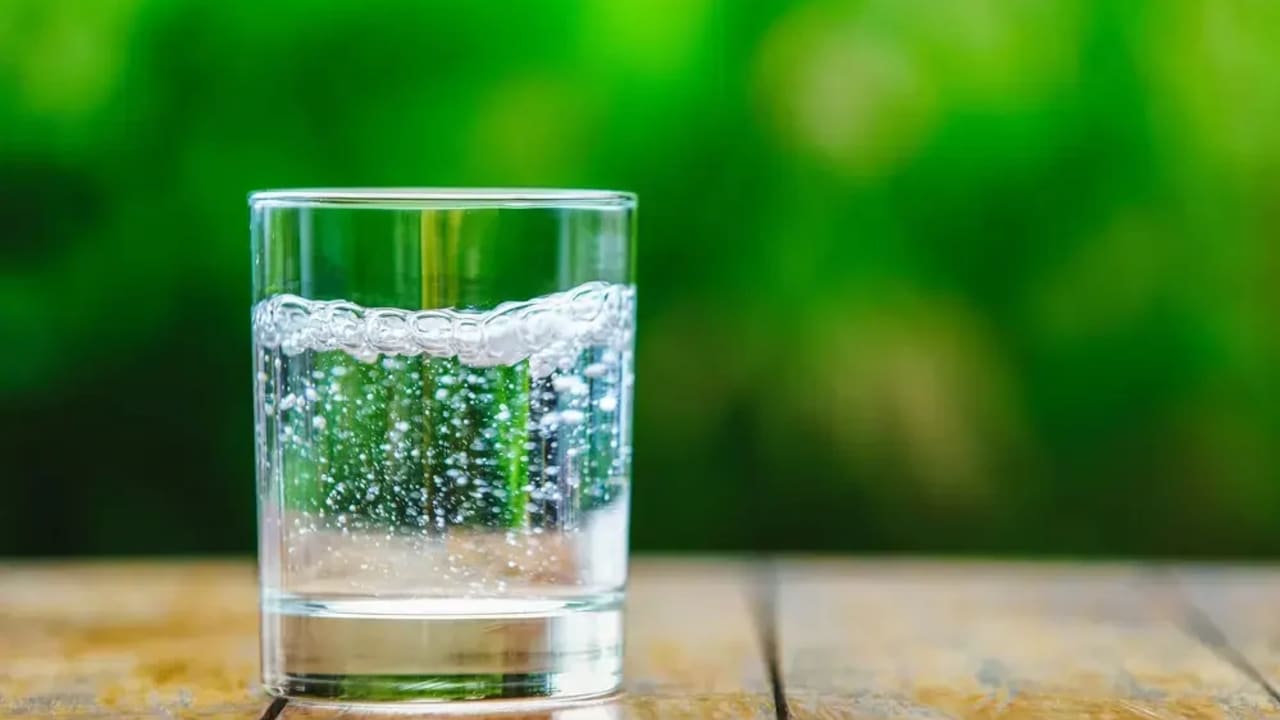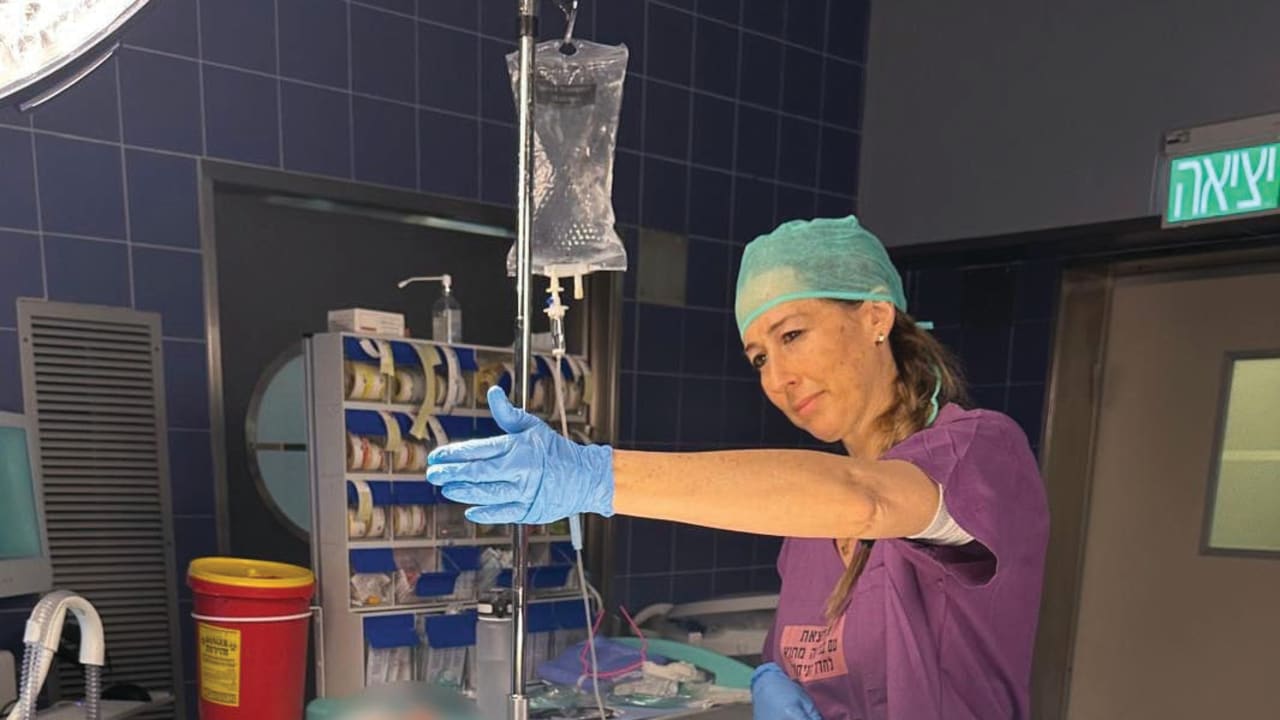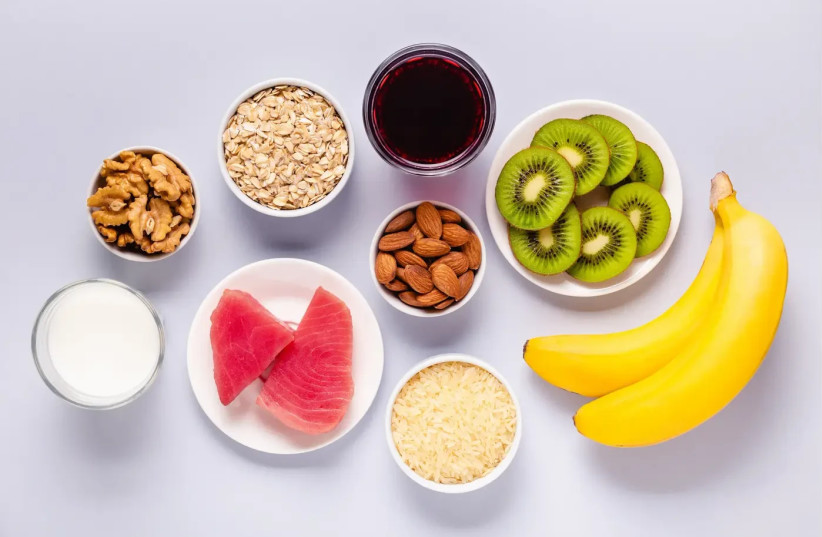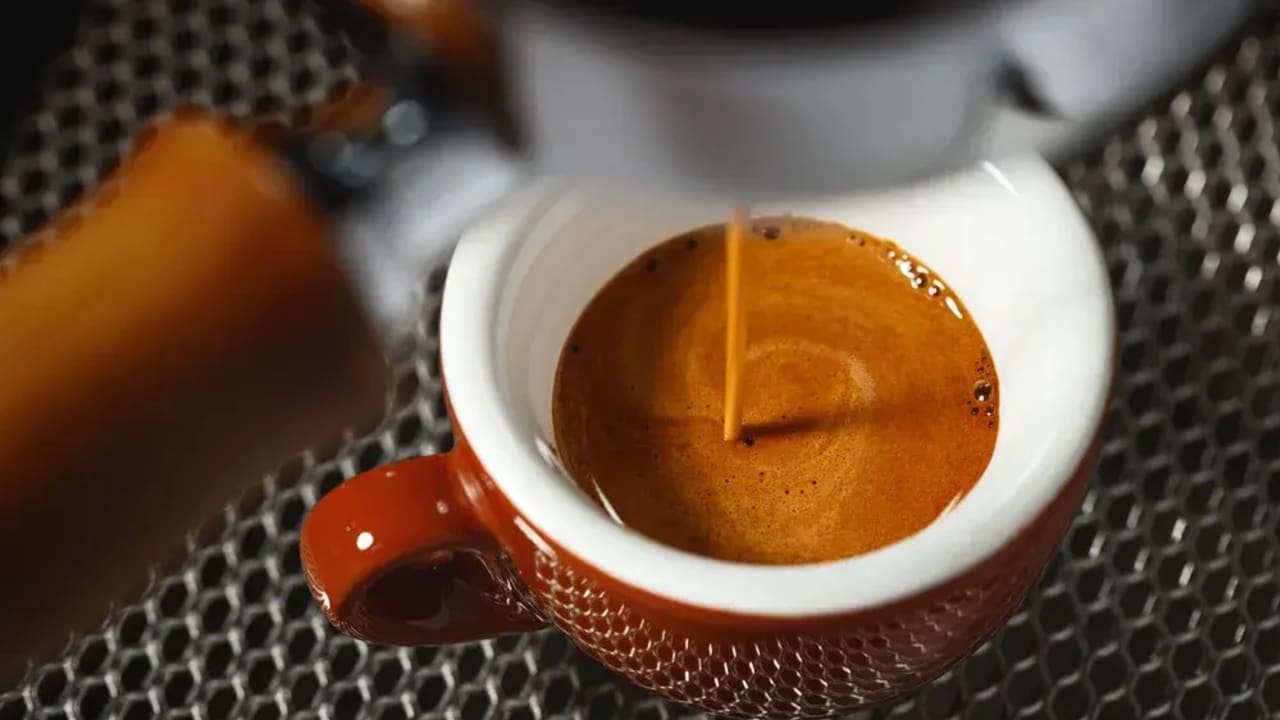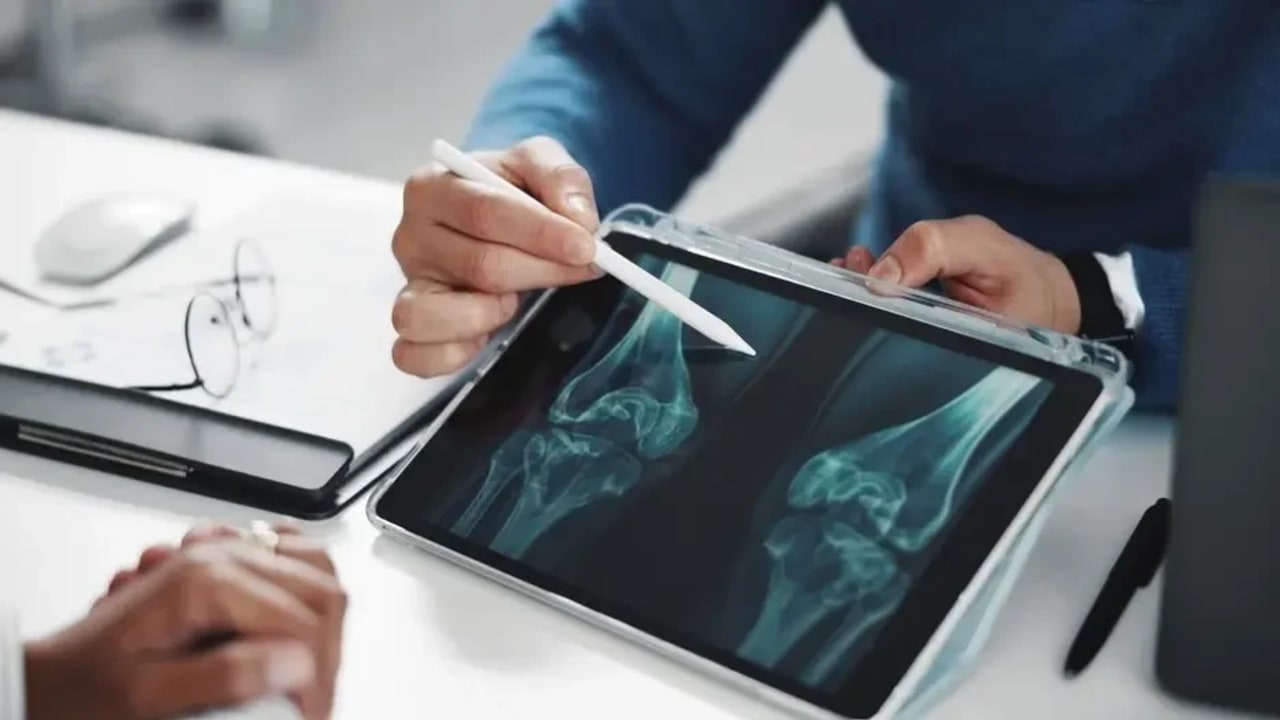Jerusalem Post
ByDR. MAYA ROSMAN
Despite all the negative talk about how it harms our health – almost everyone has one at home. So what are the facts, and what are the myths? Let’s set the record straight.
In recent years, the microwave has become an almost essential appliance in every home. It heats food within minutes, saves time, energy, and dishes, and seems almost indispensable. But alongside its simplicity and usefulness, some questions keep coming up: Does heating food in the microwave destroy its vitamins? Does it change its nutritional composition? And is the radiation harmful to our health?
As in many cases in the world of nutrition, the answer here is not straightforward. Science actually shows that proper use of the microwave can be one of the healthiest ways to heat food, as long as you follow a few simple rules.
The nutritional benefits of microwave heating
One of the most common myths is that the microwave “destroys vitamins.” In fact, studies show almost the opposite: Short heating using microwave radiation preserves the nutritional values of food, especially heat-sensitive vitamins such as vitamin C and B vitamins.
A study published in the Journal of Food Science found that vegetables heated in the microwave lost less than 10% of their vitamin C, compared to vegetables boiled in water, which lost over 30%. Another study in the American Journal of Clinical Nutrition showed that the short exposure time to heat prevents the breakdown of sensitive vitamins and maintains higher availability of amino acids and proteins.
Even vitamin E – a fat-soluble vitamin that usually deteriorates with heat – actually showed increased availability after light microwave heating, apparently due to the softening of cell walls that allows better absorption. For example, in broccoli, spinach, and red pepper heated in the microwave, a higher preservation of antioxidants was found compared to steaming, baking, or frying.
Compared to cooking in a pot with water – where minerals may leach into the water and be lost when it is poured out – microwave cooking typically uses a minimal amount of water, so there is almost no mineral loss to liquids, as occurs in regular cooking.
The meaning is simple: The microwave, when used for short heating, may be one of the gentlest ways to preserve the nutritional values in food.
When is the microwave less recommended?
Alongside its clear advantages, there are also risks – mainly when used at too high heat levels or with unsuitable containers.
1. Plastic and volatile materials:
A large study published in Food Chemistry found that heating or cooking food in plastic containers – even those labeled “microwave-safe” – can cause plastic compounds to leach into the food. The effect is especially strong in fatty or very hot foods.
The researchers identified new substances formed during heating, as well as the migration of a compound called styrene from polystyrene (PS) plastic – a substance considered toxic and potentially harmful to the nervous system and liver.
Therefore, the recommendation is clear: Use only glass, ceramic, or earthenware containers – and avoid prolonged heating of fatty foods in plastic containers.
2. High heat and the formation of harmful compounds
A scientific review published in Molecules reported that heating at too high a power level can lead to the formation of acrylamide – a compound that forms in starchy foods (such as potatoes, crackers, and toast) and is considered carcinogenic.
It’s important to emphasize that acrylamide is not formed because of the microwave itself but due to dry heating at excessively high temperatures – a process that also occurs in baking, roasting, or frying. In other words, the danger lies not in the microwave but in its incorrect use.
3. Changes in the composition of proteins and fats
A study published in Food Research International showed that heating omega-3-rich fish at high power in the microwave causes fat oxidation and breakdown of vitamin E. At the same time, another study also claims that overheating can alter protein structures and create “clumps,” changing the texture of food and reducing the protein’s availability to the body.
Although this does not pose a direct health risk, it is another reason to avoid long microwave cooking.
So how can you use the microwave wisely and healthily?
The microwave itself is not dangerous, as long as it is in good condition, properly sealed, and without cracks or leaks. But to enjoy its benefits without damaging your food or exposing yourself to harmful substances, it is recommended to follow a few simple rules:
Avoid prolonged cooking. Use the microwave only for heating or defrosting, not for long cooking.
Choose the right containers. Prefer glass, ceramic, or earthenware – avoid plastic, even if labeled “microwave-safe.”
Stir midway to prevent uneven heating and burnt spots.
Do not heat oils at maximum power. Oils oxidize quickly at high heat, especially olive oil and canola oil.
Avoid leaving acidic foods (like tomatoes or lemon) in plastic containers after heating – they accelerate the migration of compounds from the container into the food.
The microwave is an efficient, safe, and even healthy tool – when used correctly. Prolonged use, high-heat cooking, or unsuitable containers can cause chemical changes in food and even expose us to harmful substances.
The conclusion is clear: Microwave – yes for heating, no for cooking.
For Dr. Maya Rosman’s new YouTube channel and to follow her content – click here.


